what to plant in raised garden beds Thrive
Think you need acres to grow a bounty of veggies? Seriously, no acres needed! I used to think the same until I built a raised garden bed (a box garden set above the ground). Then I discovered how warm, crumbly soil (soil that feels soft and falls apart between your fingers) in a small space wakes up early in spring so you can plant sooner and harvest more.
Picture this: colorful pepper plants by early summer and crisp carrots reaching deep into fluffy soil with no stones in their way. By the way, my cat naps on the edge of my wooden bed. Cute, right? In this post, you’ll find the best vegetables, herbs, and flowers for raised beds. It’s your ticket to a joyful, productive garden even if you only have room for a tiny box.
Essential Plant Picks for Raised Garden Beds
Choosing what to grow in your raised beds is like picking a dream team for your garden. Have you ever smelled that warm earth in spring? You want plants that love crumbly soil (soil that feels soft between your fingers) and don’t mind cozy spaces. Since raised beds heat up faster in spring, you can pop in pepper plants early and tuck quick-growing roots into any empty spots.
Vegetables (our best picks for garden boxes):
- Bush beans (beans on short, sturdy stems): ready in 50–60 days. They shoot up in neat rows and return nitrogen (nutrient plants use to grow) to your soil.
- Leafy greens: spinach, kale, lettuce, Swiss chard, collards, arugula, mustard, and Asian greens. Crisp salad leaves all season.
- Carrots: in a deep, fluffy bed mix (a light soil blend), roots glide past stones and grow straight and sweet.
- Cucumbers: warm soil jump-starts these seeds. Train vines up a trellis (a simple wooden frame) to save ground space.
- Pole beans (beans that climb supports): they wind up a center trellis next to your cucumbers and give a steady harvest all summer.
- Peppers: they thrive in extra-warm beds, meaning earlier blooms and more fruit. Pinch the top leaves to make them bushier.
- Radishes: the speedy champs of the patch, ready in just 25–30 days. Thin seedlings for a crispy snack.
- Beets and turnips: tuck these hearty roots around slower growers for pops of color and earthy flavor.
Herbs (top choices for planter boxes):
- Rosemary, oregano, marjoram, lavender, sage, and thyme: these perennials (plants that return each year) like the edges where water drains away.
- Dill, cilantro, and parsley: annuals (plants that live one season) that love cooler, moist spots near the house. Parsley might even surprise you and stick around next year.
Small fruiting plants & flowers:
- Strawberries: these sweet berries spread gently, fruit by June, and act like a living ground cover.
- Marigolds: their bright blooms guard against pests like nematodes (tiny worms) and aphids (small insects) while inviting bees and butterflies.
Skip big space-takers like corn, melons, or pumpkins – they need wide-open ground to sprawl.
Raised Garden Bed Seasonal Planting Calendar
| Season (Temp Range) | Recommended Crops |
|---|---|
| Cold (<30 °F) | radishes, spinach, kale |
| Cool (31–64 °F) | lettuce, arugula, peas, French breakfast radishes |
| Warm (65–84 °F) | cucumbers, bush beans, peppers |
| Hot (>85 °F) | heat-tolerant chili peppers (use shade cloth) |
Raised beds warm up sooner in spring, so you can plant cold-season crops a week or two before ground plots wake. Just pop in radishes and spinach when the soil still feels cool between your fingers.
As temperatures climb into the cool zone (31–64 °F), tuck in lettuce, arugula, peas and those French breakfast radishes. They’ll keep you snacking right out of the garden.
When the soil hits that warm sweet spot (65–84 °F), it’s time for cucumbers on a simple trellis, bush beans in neat rows and early peppers. Think of the earth as a cozy mattress your plants can rest on.
In the peak heat (above 85 °F), slide in chili peppers under a bit of shade cloth (a light fabric that filters sun). That way their leaves won’t scorch and the blooms stay happy.
For winter, set up a cold frame (like a mini greenhouse) over your bed. Hardy lettuce and parsley can linger through light frost, giving you crisp greens when the rest of the garden naps.
Pro Tips for Raised Bed Plantings
Customized Soil Mix
Have you ever felt warm soil crumbling between your fingers? Try mixing 40% compost (decayed leaves and kitchen scraps that feed soil), 40% topsoil (dark earth just beneath your grass), and 20% perlite (tiny white volcanic rock bits that keep it fluffy). This blend holds water like a sponge but drains fast so roots can breathe. Oops, sometimes I toss in a bit too much perlite. Back to the right mix…
Companion-Planting Pairings
- Tomatoes + basil: basil keeps flies away and makes tomatoes taste sweeter.
- Carrots + onions: onion scent hides carrot smell from sneaky carrot flies.
- Beans + peas: these buddies add nitrogen (nutrient plants need) and help each other grow.
Have you ever smelled fresh basil next to sun-warmed tomatoes? Wow.
Succession-Sowing Schedule
Keep fresh veggies on repeat by planting fast crops every two weeks:
- Radishes: sow from March through September for quick, crunchy snacks.
- Leafy greens: start in early April and again in late summer.
- Beets: drop seeds in April, then again six weeks later.
Trust me, pulling up those bright radishes never gets old!
Pest-Management Notes
- Aphids: blast them off with a strong stream of water or invite ladybugs in.
- Slugs: make a crunchy trail of crushed eggshells (garden pizza crust?).
- Powdery mildew: space plants out and water at the soil line so leaves stay dry.
Spacing Guide
| Crop | In-Bed Spacing | Row Spacing |
|---|---|---|
| Bush Beans | 4-6 inches | 18-24 inches |
| Leafy Greens | 6-8 inches | 12 inches |
| Carrots | 2 inches | 12 inches |
| Peppers | 12-18 inches | 18-24 inches |
Raised Garden Bed Seasonal Planting Calendar
| Season (Temp Range) | Recommended Crops |
|---|---|
| Cold (<30 °F) | radishes (crunchy, peppery roots), spinach (smooth leafy green), kale (sturdy leafy green) |
| Cool (31–64 °F) | lettuce (soft leaves), arugula (peppery greens), peas (sweet pods), French breakfast radishes |
| Warm (65–84 °F) | cucumbers (climbing vines), bush beans (compact pods), peppers (warm-season seedlings) |
| Hot (>85 °F) | heat-tolerant chili peppers (stand-up-to-heat chilies; use shade cloth) |
Raised beds warm up quicker than in-ground plots. You can push in radish, spinach and kale seeds as soon as the soil defrosts. The warm earth crumbling between your fingers makes for crisp snacks by week two.
When nighttime temps climb above freezing but stay under 65 °F, sprinkle in lettuce, arugula and peas. Those quick greens keep you munching through cool spring mornings. Have you ever smelled fresh spinach before breakfast? It’s amazing.
Once the soil hits 65–84 °F, it’s trellis time. Set up a simple support for cucumbers. Lay out bush beans in neat rows. Ease in pepper seedlings. The extra warmth wakes up blossoms fast, and fruits follow soon after.
When daylight temps top 85 °F, slide in heat-loving chili peppers under shade cloth (a light fabric that filters harsh sun). That soft shade helps leaves stay healthy and boosts pepper set all summer long.
And for winter? Top beds with a cold frame (a mini greenhouse). Hardy lettuce and parsley can linger under clear panels. You’ll still snip fresh greens when most gardens are taking a nap.
Soil and Sunlight Needs in Raised Garden Beds
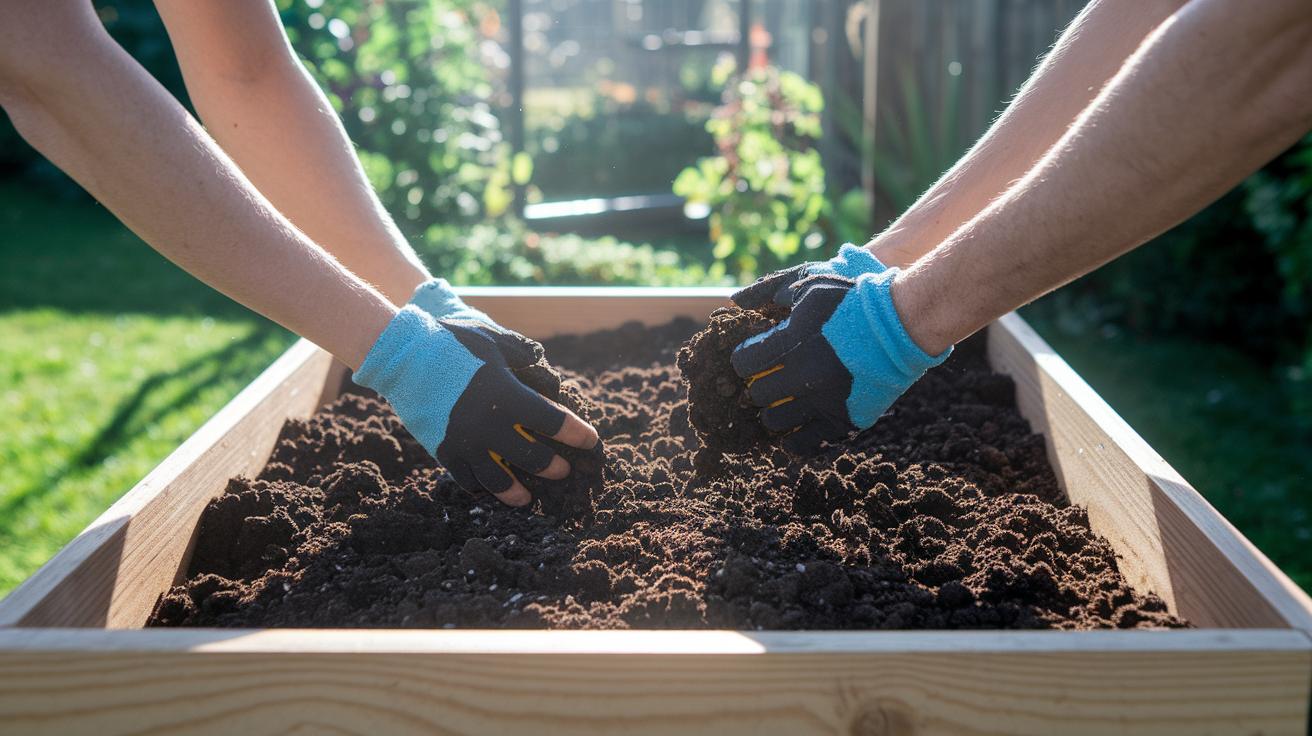
Think of your raised bed as a cozy home for tiny roots. Start with a mix of quality topsoil, compost (decayed organic matter that enriches soil), peat moss (spongy moss that holds water), coco coir (coconut fiber that locks in moisture), and perlite (little white rock bits for drainage). Try forty percent topsoil, thirty percent compost, twenty percent coir, and ten percent perlite. Um, I once spilled a bag of coir, oops! For more on blending and depth tips, check best soil for raised garden beds.
Build your bed about six to twelve inches deep so most veggies can stretch their roots easily. By the way, my cat loves sunning on the edge of the bed while I plant. Tuck your fingers into that warm earth and you’ll know it’s ready to wake seedlings earlier than ground-level gardens. That toasty soil in spring? Magic.
Peppers and cucumbers love full sun. Aim for six to eight hours of direct light so they can fruit like champs. But cool-season greens like spinach, lettuce, and kale do better with some afternoon shade when summer heat peaks. Have you ever seen lettuce wilt in midday sun? Shade brings it right back.
Check soil acidity with a pH test kit or probe. You want a pH between 6.0 and 7.0. Too low and nutrients get trapped. Too high and minerals vanish. Keep it balanced so roots keep munching happily.
Top the bed with one to two inches of straw mulch. It tames weeds, holds moisture during dry spells, and still lets air move through. Just watch in scorching spots. Too much mulch can trap heat and sizzle seedlings.
Space-Saving Techniques in Raised Garden Beds
Raised beds warm up fast in spring. You can squeeze in more plants in every inch of rich, crumbly soil. And with good drainage, your roots never sit in water. Oops, spilled a handful of soil there.
Let vining crops climb a simple trellis. They grow skyward and free up ground space. Then tuck low-growing herbs and greens beneath taller stems in wooden planters. By the way, my cat loves to nap beside them.
Plant bug-repelling blooms like marigolds or nasturtiums around the edges. They keep sneaky pests away and invite pollinators that hum with life.
Companion Planting Combinations
- Marigold borders: these bright flowers chase off aphids (tiny, sap-sucking insects), whiteflies, and soil nematodes (microscopic worms). Bees buzz happily around them.
- Cucumbers and pole beans on a shared trellis: beans add nitrogen (plant food) to the soil, and cucumbers wind around the same supports. Together they make a green curtain you can pick from.
- Low herbs under tall vines: tuck oregano, thyme, or parsley beneath bean poles. They fill empty spots, repel bugs, and you’ll snip fresh sprigs right by your cukes.
Vertical Support Options
- Wire mesh panels: sturdy grids hold up hefty cucumbers. Hammer stakes into the bed edges, tie the mesh with garden twine, and guide young vines up. I tried this last year, and wow, so satisfying!
- Bamboo stakes and netting: build an A-frame for pole beans. The open sides let breezes swirl and cut mildew risk. Rotate beans next season so the soil can rest.
- Simple wooden trellis: lean two planks in an X shape. It’s perfect for peas or mini melons. After harvest, swap in root veggies or leafy greens where the vines once stood.
Stack vines high and let radishes, carrots, or baby lettuce peek out below. You’ll feel like you’ve stretched your garden to the sky without losing a single bite of flavor-packed harvest.
Spacing and Layout Planning for Raised Garden Beds
Grab some graph paper or use the square-foot mapping method (dividing your bed into one-foot squares) and let’s sketch your raised garden bed (a planter box built above the ground). Start by drawing the outer edges and jotting down your bed’s length, width, and height. Leave a 12 – 18 inch path around each side so you can weed and harvest without stepping on plants, and check out how to build a raised garden bed for tips on bed size and edge design!
Have you ever sketched your bed like a mini garden city? I find it feels like plotting little parks for each plant. Then mark where thyme, lettuce, and chives go along the front. These low herbs let you reach every leaf without bending too much.
In the middle, plan medium-height veggies like beets, carrots, and Swiss chard. Give their roots room to spread, think of soil like a sponge (it soaks up water, you squeeze out the extra, then fluff it before planting). Air can swirl around roots and keep them happy.
Put your tallest plants, like tomatoes, peppers, or climbing beans, against a wall at the back. If your bed sits out in the open, tuck them in the center instead. That way they won’t block sun from their smaller neighbors.
Not sure about exact spacing? Try a plant spacing calculator online. On your sketch, jot each plant’s mature spread (how wide it gets) so nothing ends up squeezed or overcrowded.
Finally, label spots for supports and trellises (frames that vines climb). That way you know where beans will swing and where low herbs fill the gaps. Your sketch turns into a simple blueprint. Follow it, and every plant lands in its perfect spot.
Troubleshooting and Best Practices in Raised Garden Beds
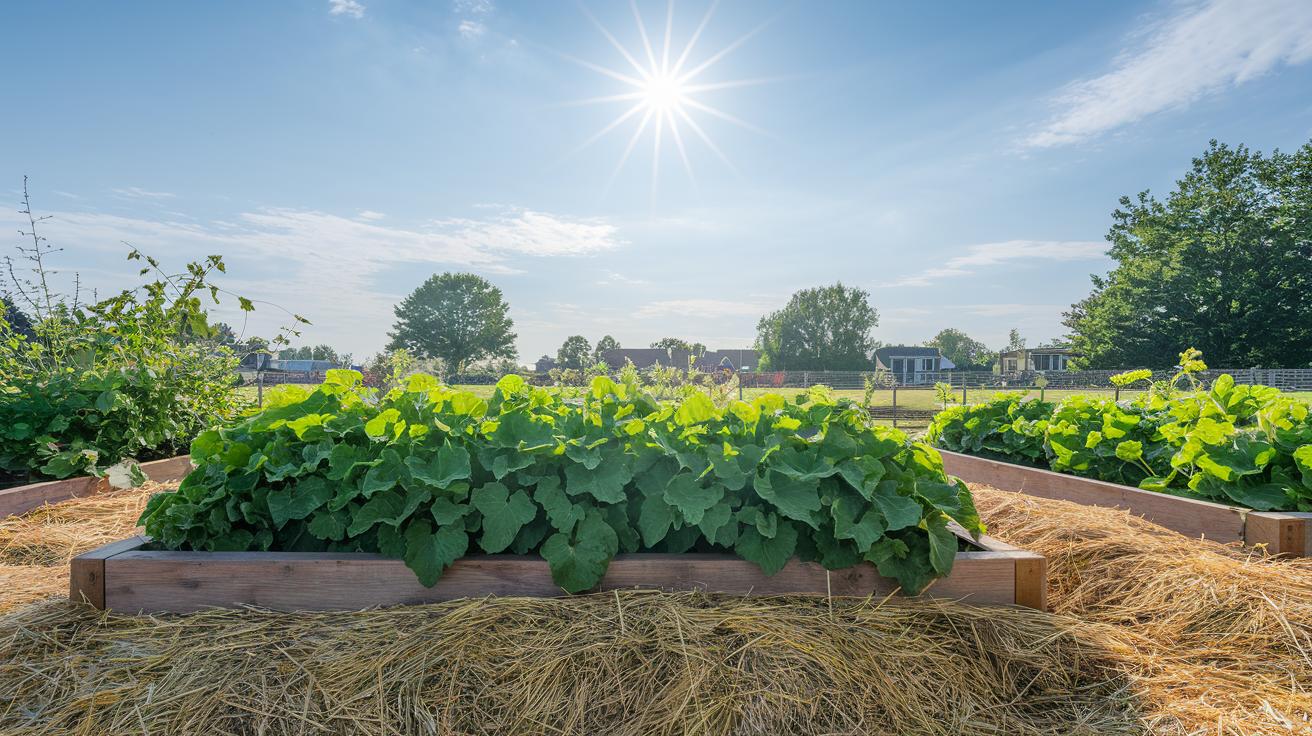
Have you ever tried digging into thick clay that sticks like silly putty? Those heavy clay spots drain slowly. If water pools for more than thirty minutes or the soil feels slick, roots can drown and rot.
Try adding two handfuls of vermiculite (tiny sponge-like mineral that holds water and lets air reach roots) into each cubic foot of soil. These little sponges help water soak in faster and keep soil fluffy.
To keep pests guessing and your soil healthy, follow a four year crop rotation plan:
- Year 1 – Legumes (bush beans, peas)
- Year 2 – Leafy greens (lettuce, spinach)
- Year 3 – Root crops (carrots, beets)
- Year 4 – Fruiting plants (tomatoes, peppers)
So you shift beans out and plant lettuce next; pests won’t know where to hide.
Spotting nutrient issues early helps you fix problems fast.
| Nutrient | Leaf Symptom | Quick Remedy |
|---|---|---|
| Nitrogen | Lower leaves turn yellow, plants grow slowly | Side-dress with compost (decayed organic matter that enriches soil) |
| Iron | Young leaves look pale with dark green veins | Spray with iron chelate or foliar spray (liquid feed on leaves) |
| Magnesium | Older leaves yellow between veins | Sprinkle Epsom salts (magnesium sulfate) into soil |
Don’t forget to check drainage spots once a month and scan leaves for yellow patches. A quick look can save your plants.
Final Words
We’ve jumped right into the best veggies, herbs, fruits, and flowers for raised beds. Then we mapped out seasonal planting windows, mixed up a rich soil blend, and shared space-saving tricks plus layout planning.
We even tackled pests, drainage, and heat challenges with simple fixes so your beds stay happy. Remember those companion combos and vertical supports? They really boost your yields.
Now you’ve got the roadmap for what to plant in raised garden beds, grab your tools and enjoy every green-thumb moment!
FAQ
What are some low-maintenance, easy-grow, year-round plants for raised beds?
Low-maintenance raised bed picks include Swiss chard, lettuce, kale, spinach, radishes, bush beans and beets. Plant cold-tolerant greens for winter and heat-tolerant peppers come summer.
What are some effective layout designs for raised garden beds?
Effective raised bed layouts use 4×8 or 2×8 grids with square-foot mapping. Reserve edge rows for herbs, center for root veggies, back for tall crops. Sketch designs on graph paper first.
What plants grow well together in a raised bed?
Plants that pair well include tomatoes with basil, carrots with onions, cucumbers with bush beans and lettuce under taller crops. Interplant marigolds along edges to deter pests and attract pollinators.
What grows best in a raised garden bed?
Raised beds excel at growing bush beans, spinach, kale, carrots, cucumbers, peppers, radishes, beets and strawberries. Herbs like rosemary, oregano, thyme and parsley also thrive in rich, well-drained soil.
What flowers should I plant in a raised garden bed?
Flowers that thrive in raised beds include marigolds to repel pests, nasturtiums for edible blooms, pansies for cool seasons and zinnias for vibrant color. Edge them around veggies for extra pollination.
What should I avoid planting in a raised garden bed?
Avoid planting corn, melons, pumpkins and winter squash in small raised beds. Large perennials like asparagus or rhubarb also crowd roots and demand excessive water and nutrients.
What is the best medium to put in a raised garden bed?
The best raised bed medium blends quality topsoil, compost for fertility, peat moss or coco coir for moisture retention and perlite or sand for drainage. Aim for 6–12 inches of depth.

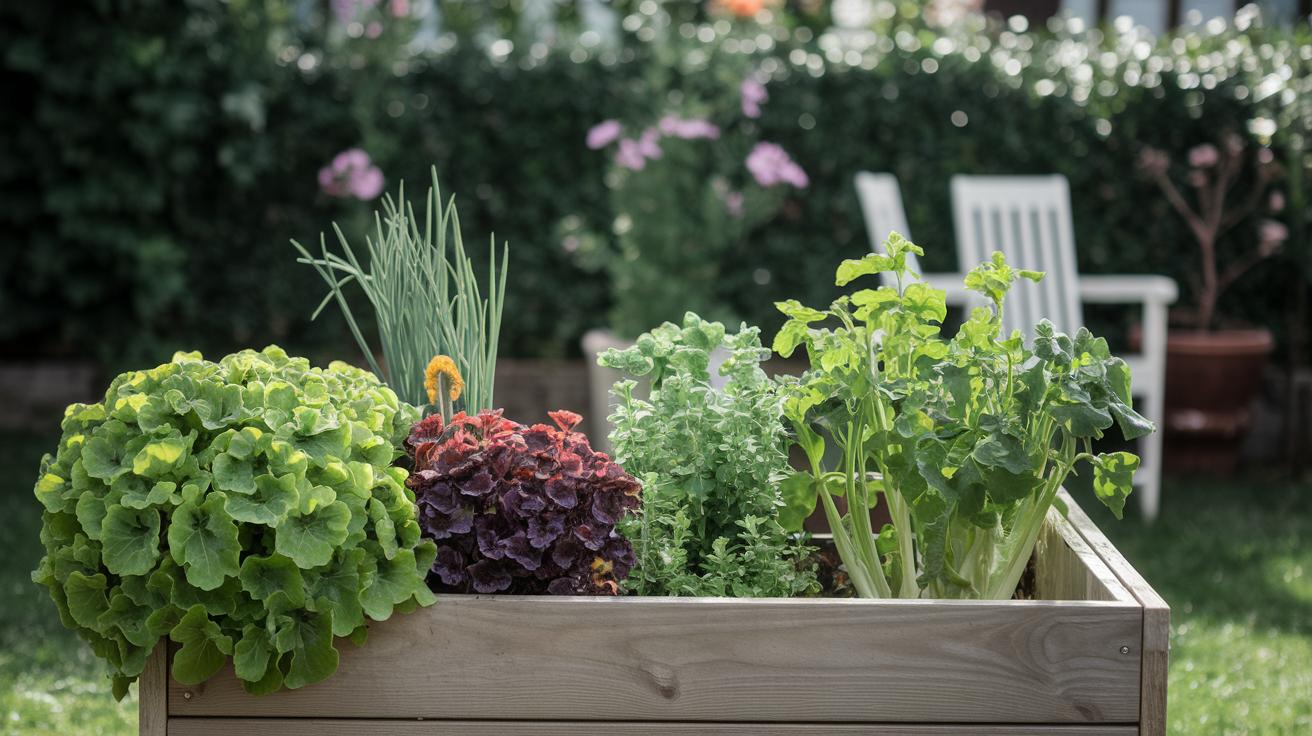



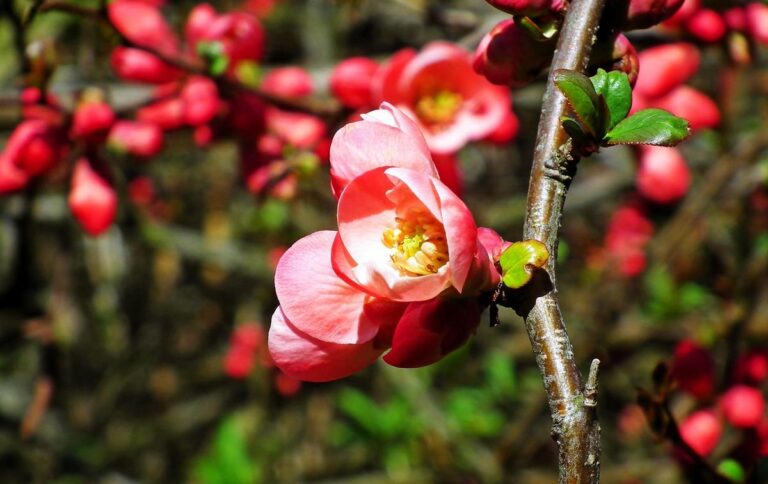
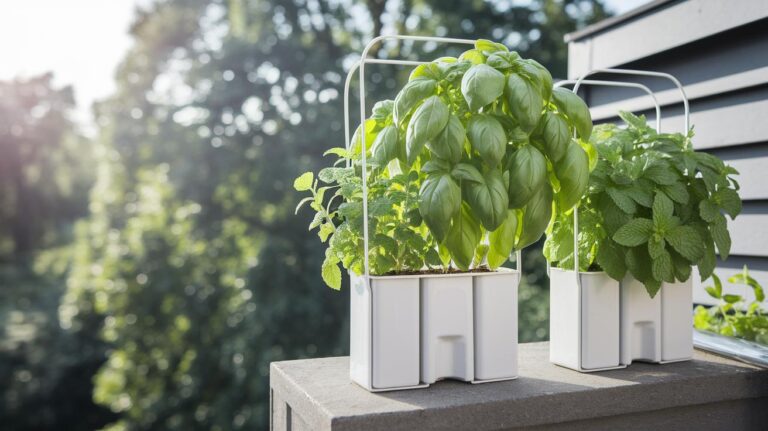
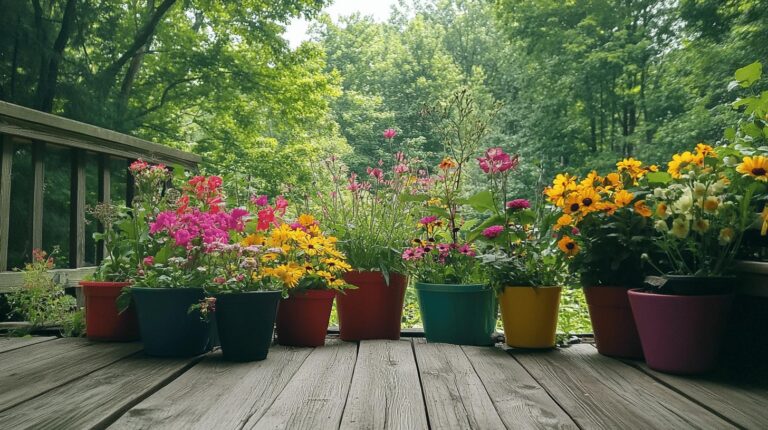
One Comment